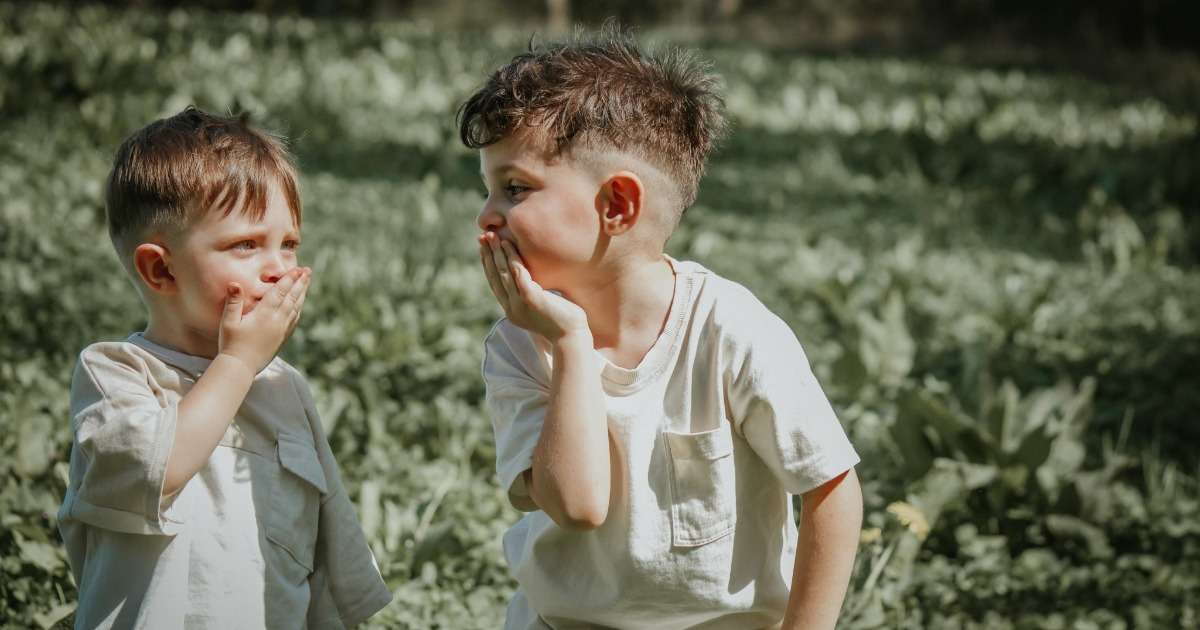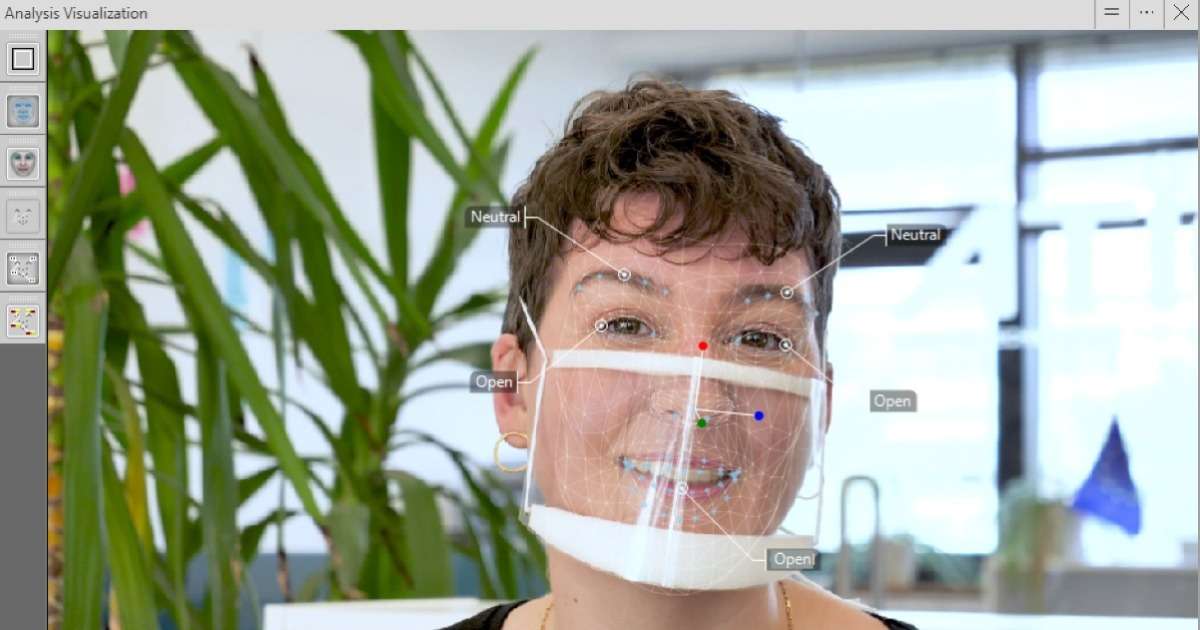
Entrepreneurs’ facial expressions & emotional contagion during investor pitches
What is the influence of emotions in a decision-making process? Dinkla and Liebregts wondered if displaying joy and emotional mimicry play a role during pitches.

Do your emotions and moods change as you get older?
Are emotions affected differently for younger than for older people? Researchers used FaceReader to complement self-assessments and objectify mood changes to answer this question.

Investigating facial expressions in autism and borderline personality disorder
Within two specific populations researchers investigated the role of facial expressions on social interactions.

The role of entrepreneurs’ facial expressions to gain financial support
As an entrepreneur, attracting financial support is essential to get your start-up of the ground. How can positive facial expressions help to be more successful in a funding pitch?

Measuring consumer choice behavior
Two recent projects provide new insights into how best to measure the choices that we make.

The role of mimicry in the development of social communication
Children learn from interacting with others, especially their parents. For example, reproducing the emotions that others express is part of that.

Neuromarketing research: Innovative research methods and techniques
Get your face read, your brain measured, and your heart rate checked. Innovative research methods and techniques found their way into neuromarketing.

Creating a custom expression for Engagement: A validation study with FaceReader
The concept engagement is gaining more and more attention. Many companies are looking for ways to increase consumer engagement. But, how do you know a consumer is feeling engaged?

Emotional responses to winning a paralympic medal
Guest blogger Jeffrey J. Martin conducted a study to examine the emotional reactions of Paralympians right after winning a medal, using automated facial expression analysis.

Why a clear mask is essential for clearer communication
For people who are deaf or hard of hearing, it is essential to be able to see the movements of the mouth while communicating. With the help of clear masks they can access the full facial expressions.
